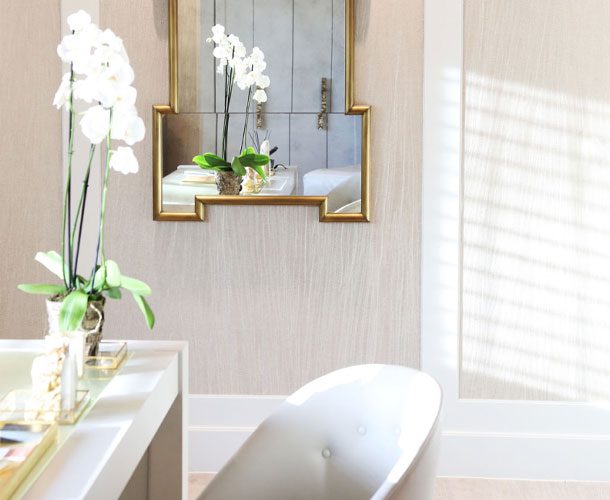News
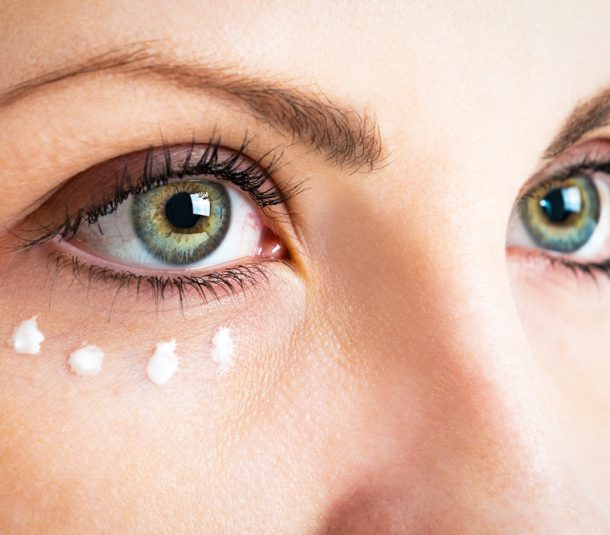
How safe are dermal eye fillers?
9th May 2023Dermal fillers have continued to gain popularity, which can be linked to the importance of social media in today’s culture and obtaining the perfect “Instagram face”. However, administered correctly, dermal fillers can help enhance an appearance in a subtle and effective manner. Although the 2021’s Botulinum Toxin and Cosmetic Fillers (Children) Act made it illegal to administer fillers to those under 18, they are still under-regulated in the UK; thereby resulting in clinics offering dermal filler treatments despite not having the appropriate qualifications.
This guide will take a closer look at how safe dermal eye or tear trough filler treatments are, and why it is always important to seek a reputable clinic with medically qualified practitioners.
Click on the link to jump to that section:
Discover what tear trough fillers are, and the different types of facial concerns they can benefit from.
Find out who is a suitable candidate for dermal eye fillers, and other treatments that may be more suitable.
Read about how safe dermal eye fillers are, and what you should consider before seeking treatment.
Discover the reasons why you should find a reputable clinic over cheaper and underqualified alternatives.
Read the most frequently asked questions on dermal and tear trough fillers.
What is tear trough filler?
Tear troughs are physical hollows under the eyes that cast a shadow and are generally harder to cover and other eye concerns. As we age, the amount of collagen we produce in our bodies decreases, which leads to less elasticity in the skin and subsequent volume loss. This, combined with sun exposure and thinning skin, may cause dark circles and eye bags under the eye area. In these cases, there are non-invasive treatments to help reduce tear troughs.
Dermal eye fillers, or tear trough fillers, feature soft and smooth substances that are injected under the eye area to help reduce eye bags. Using fine needles or a cannula, a qualified medical practitioner will administer a certain amount of hyaluronic acid (HA) filler in specific areas of the under eye; ensuring the facial area remains expressive.
Find out more about the different types of dermal eye filler available here.

Book in a free consultation with our expert team
- Over 50 non-surgical treatments and therapies
- Free consultation including tailored plan
- Luxury clinics in London, Cheshire & Liverpool
Who is a suitable candidate for under eye filler?
To ensure a safe procedure, it is important to book a consultation to assess the suitability of the patient. There are certain facial shapes and features that may not be as suitable to dermal filler treatments as other types. Suitable candidates for dermal eye filler treatment include:
- Those affected by the tired look of hollows beneath the eyes.
- Experienced skin loss or sagging under the eyes.
- Physically healthy.
- Good skin thickness and elasticity.
During the consultation, Dr Nyla and her team will put together a bespoke treatment plan that will better address the individual needs of the patient, providing the best outcome. This personal approach will ensure that the treatment is safe and will result in an enhanced appearance.
Contact Dr Nyla and her team to book a consultation for tear trough filler treatment.
Are there any alternatives to dermal eye fillers?
If you are unsuitable for tear trough fillers, or your individual needs require multiple treatments alongside the filler, there are alternative procedures to consider:
| Other types of treatments | Benefits |
|---|---|
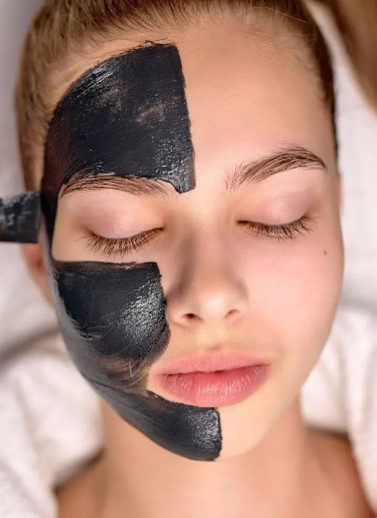
|
|
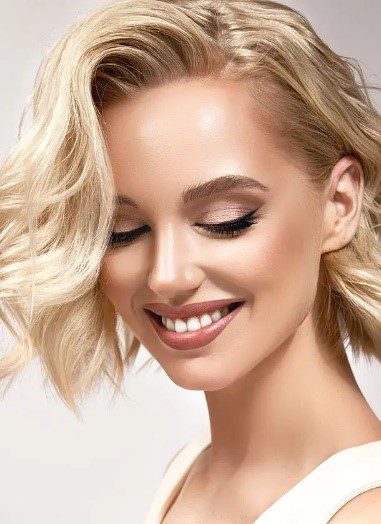
|
Find out more about the non-surgical facelift on our Blog page. |
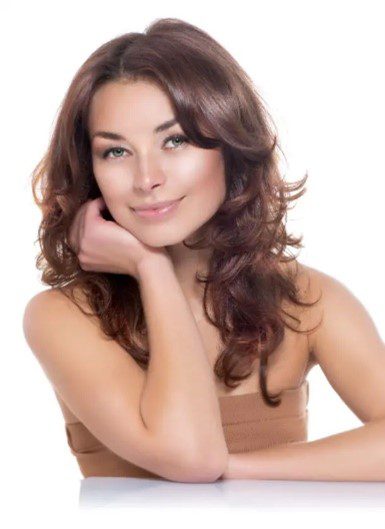
|
Find out more about the Find out more about Ultherapy here. |
Dr Nyla and her team provide bespoke treatment plans that prioritise your best interests.
Contact our team today to book your consultation.
Are dermal eye fillers safe?
In the USA, the safety of dermal fillers, such as lip filler and under eye filler, is supported by the FDA; in 2003, Restylane was the first hyaluronic acid injection to get FDA approval. Yet, in the UK, non-invasive treatments, such as tear trough fillers, are under-regulated, which means anybody (no matter how underqualified they are) can offer them as a service.
This does not change the safety of dermal eye fillers, as the products themselves (such as Juvéderm and Teosyal) are innocuous to use. However, if a practitioner does not have the experience or the qualifications to administer dermal eye fillers, this can then lead to risky treatments that result in sub-optimal or botched looks.
Recently, Dr Nyla appeared in a BBC documentary that highlighted the risk of botched treatments in the UK.
Contact Dr Nyla today to find out more information.
Are hyaluronic acid fillers safe?
Tear trough filler is typically made up of hyaluronic acid. This substance is naturally produced in the body; resulting in HA fillers that are temporary and incredibly safe, as long as they are injected by a medically qualified professional. When injected under the eyes, HA filler can help reduce sunken eyes and eye bags in the under eye area.
HA filler will naturally dissolve and lasts between 6 and 12 months. To find out more about how long dermal eye fillers last, read our Blog page here.

Follow Dr Nyla on Instagram to stay up to date with the latest treatments. |
“I feel it is my duty to champion the best practice across our sector and keep our public safe…
achieving the best results for their recommended procedures with a medical professional.” – Dr Nyla |

Follow Dr Nyla on Instagram to stay up to date with the latest treatments. |
| “I feel it is my duty to champion the best practice across our sector and keep our public safe…
achieving the best results for their recommended procedures with a medical professional.” – Dr Nyla |
Why is finding a reputable and qualified clinic important?
Following on from the BBC documentary, it is important when seeking dermal filler treatment that you research the clinic beforehand. This is to ensure that their practitioners have the appropriate qualifications, and to reduce the risk of botched or sub-optimal results.
The table below highlights the importance of finding a reputable and experienced clinic, such as Dr Nyla:
| Clinics that are underqualified | Dr Nyla |
|---|---|
|
|
With a combined clinical experience of over 50 years, Dr Nyla and her team have a history of providing exceptional results for their clients.
To book a consultation for dermal eye fillers, contact Dr Nyla and her team today.
What is the difference between anti-wrinkle injections and dermal fillers?
Anti-wrinkle injections (or Botulinum Toxin) are treatments that control facial movement to help prevent wrinkles and fine lines. Anti-wrinkle injections typically last between 3 and 16 months and is best for areas of facial expression, such as crow’s feet and deep lines.
On the other hand, dermal fillers last between 6 and 12 months and are best used for adding volume to the fat pad of facial areas, like the cheeks and under the eyes.
You can find out more about the differences between anti-wrinkle injections and dermal fillers here.
Related content
What Are the Benefits of Dermal Eye Fillers? | A Treatment Guide

